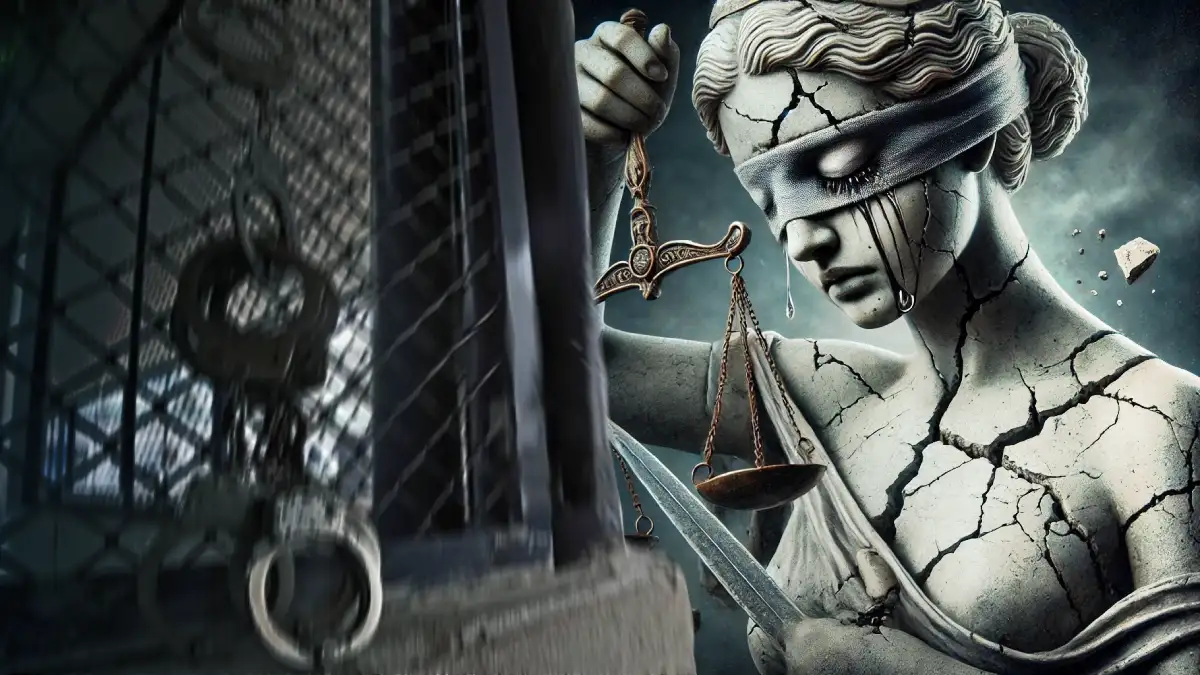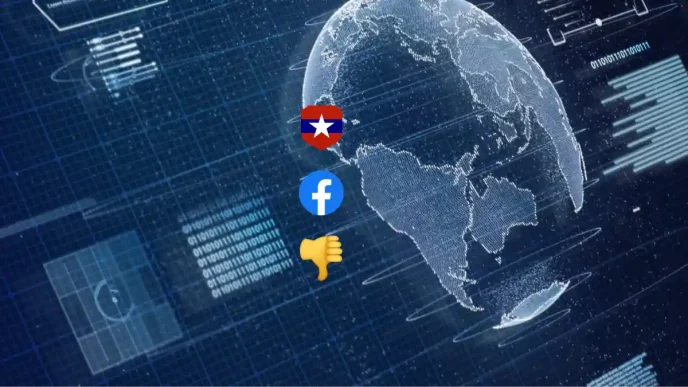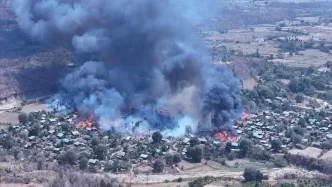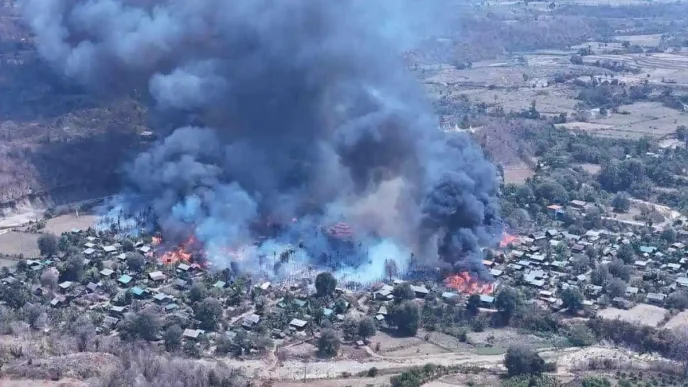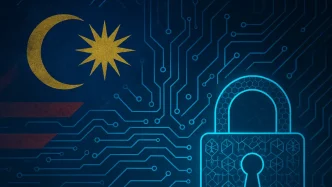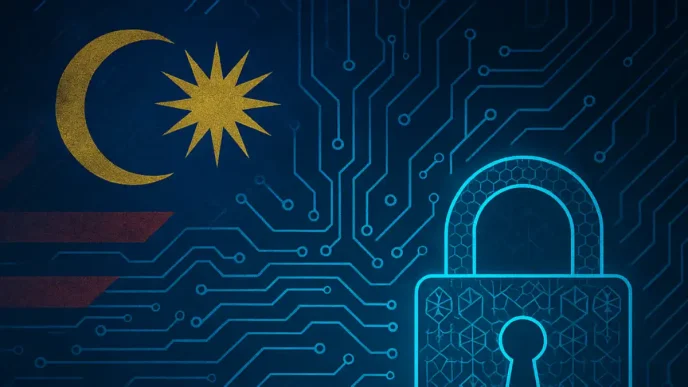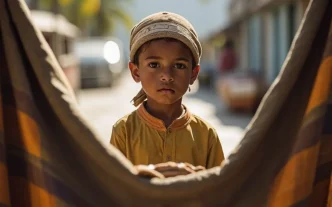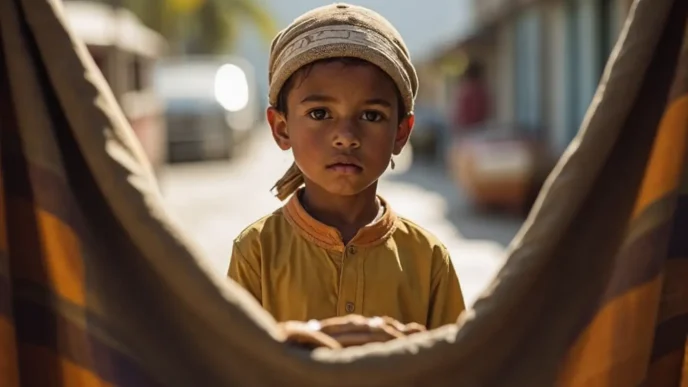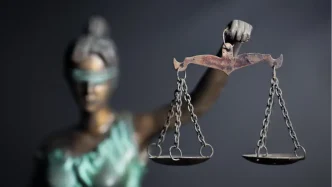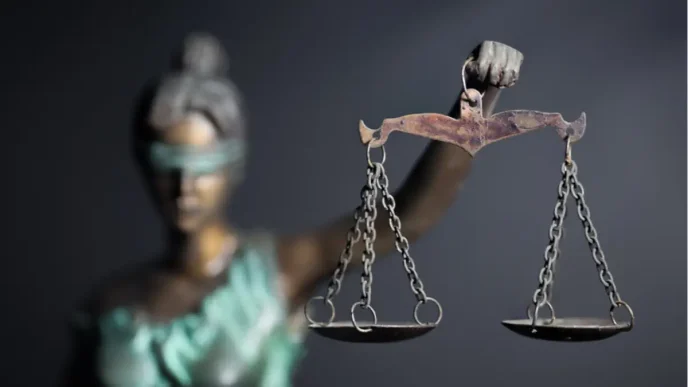In a landmark decision, the Supreme Court of the Philippines has issued amended guidelines that broaden the definition of qualified rape of a minor and raise the minimum damages awarded to victims. The ruling, released on August 14, 2025, aims to standardize judicial interpretations of rape-related crimes and strengthen protections for vulnerable children across the country. This development marks a significant step in the nation’s ongoing efforts to address sexual violence against minors, though it also raises complex questions about legal implementation and societal impact.
A Pivotal Ruling Sets New Precedents
The Supreme Court’s resolution emerged from a case involving a father convicted of raping his eight-year-old daughter. Authored by retired Associate Justice Mario V. Lopez, the decision not only denied the father’s appeal but also used the case to establish a clearer framework for similar crimes. Initially convicted by the Regional Trial Court for qualified rape—based on the victim’s age and the familial relationship—the designation was later modified by the Court of Appeals to qualified statutory rape. The Supreme Court’s final ruling resolved discrepancies in terminology by delineating the distinctions between qualified rape, statutory rape, and qualified rape of a minor.
This clarification addresses long-standing inconsistencies in judicial rulings, which have often led to varied interpretations of rape laws in the Philippines. By providing precise definitions, the court seeks to ensure uniformity in how such cases are prosecuted and adjudicated, a move legal experts view as critical for upholding justice. The decision also reflects the court’s intent to align its guidelines with evolving legislative frameworks, particularly Republic Act No. 11648, known as the Anti-Rape Law, which redefines the age threshold for statutory rape.
Redefining Statutory Rape and Age Limits
Under the amended guidelines, the age for statutory rape—where consent is deemed irrelevant due to the victim’s age—has been set at under 16 years old, in accordance with Republic Act No. 11648. This represents a shift from the previous threshold of under 12 years old, which still applies to crimes committed before the law’s enactment. The change acknowledges the need for broader protection for adolescents who may be vulnerable to coercion or exploitation, even if above the prior age limit.
However, the Supreme Court specified that these revised guidelines do not extend to cases of rape through sexual assault, maintaining a distinct legal categorization for such offenses. This nuanced approach underscores the court’s effort to balance comprehensive child protection with precise legal definitions, ensuring that different forms of sexual violence are addressed appropriately under the law.
Increased Damages for Victims
Beyond definitional clarity, the Supreme Court has mandated an increase in the minimum civil damages awarded to victims of qualified rape of a minor. While specific figures were outlined in the resolution, the court emphasized that these amounts will be further elevated if the crime involves additional cruelty, reflecting the severity of the offense. This adjustment aims to provide greater financial support to victims and their families, acknowledging the profound emotional, psychological, and social toll of such crimes.
The hike in damages also serves as a deterrent, signaling to potential offenders that the consequences of sexual violence against minors extend beyond imprisonment to significant monetary penalties. Legal advocates have hailed this measure as a progressive step, though some caution that effective implementation will require robust mechanisms to ensure victims actually receive the awarded compensation.
Broader Implications for Child Protection
The Supreme Court’s ruling arrives at a time when the Philippines continues to grapple with high rates of child abuse and sexual violence. Reports from local organizations and international bodies have long highlighted the urgent need for stronger legal protections and societal interventions to safeguard minors. By expanding the scope of qualified rape and raising damages, the court’s decision aligns with broader efforts to prioritize child welfare within the judicial system.
Yet, the ruling also prompts critical questions about its practical impact. Legal scholars note that while the guidelines provide clarity, their success hinges on consistent application across lower courts, many of which face resource constraints and backlogs. Training for judges, prosecutors, and law enforcement on the updated definitions and damage assessments will be essential to ensure the ruling translates into tangible justice for victims.
Moreover, the decision underscores the importance of complementary measures beyond the courtroom. Child protection advocates argue that while legal reforms are vital, addressing the root causes of sexual violence—such as poverty, lack of education, and cultural attitudes—requires sustained investment in social services, community programs, and public awareness campaigns. Without these, the impact of judicial changes may remain limited.
Challenges of Enforcement and Awareness
One immediate challenge lies in disseminating the new guidelines to all levels of the judiciary and law enforcement. The Philippines’ archipelagic geography and decentralized legal system can complicate efforts to standardize practices, particularly in remote or underserved regions. Ensuring that rural courts and police units are aware of and equipped to implement the updated definitions and penalties will be a formidable task for the government and judicial authorities.
Public awareness is equally critical. Many families, especially in marginalized communities, may lack access to information about their legal rights or the resources to pursue justice. Civil society organizations have called for government-led initiatives to educate citizens about the revised guidelines, as well as to provide accessible legal aid for victims of sexual violence. Without such support, the risk remains that the ruling’s benefits may not reach those most in need.
A Step Forward Amid Ongoing Struggles
The Supreme Court’s decision also reflects a broader regional trend in Southeast Asia, where countries like Thailand and Vietnam have similarly sought to strengthen laws against child sexual abuse in recent years. In Thailand, for instance, amendments to child protection laws have focused on harsher penalties and improved victim support systems, while Vietnam has introduced reforms to better define consent and statutory rape. The Philippines’ latest ruling contributes to this collective push for enhanced safeguards, though each nation faces unique cultural and systemic challenges in addressing such crimes.
At a societal level, the ruling may help shift public discourse around sexual violence against minors, encouraging more open conversations about prevention and accountability. Activists hope that the increased damages and clarified definitions will empower survivors to come forward, knowing that the legal system offers stronger recourse. However, breaking the stigma surrounding rape and child abuse remains an uphill battle, particularly in communities where victims often face blame or ostracism.
Legal and Ethical Considerations
From a legal ethics perspective, the Supreme Court’s focus on distinguishing between categories of rape demonstrates a commitment to precision in a field where ambiguity can lead to miscarriages of justice. By setting a clear precedent, the court minimizes the risk of misclassification, which could otherwise result in inappropriate sentencing or inadequate victim compensation. This approach also respects the principle of proportionality, ensuring that penalties and damages reflect the gravity of the crime, especially when aggravated by factors like cruelty or familial betrayal.
Nevertheless, some legal analysts caution that the increased damages, while symbolically significant, must be paired with mechanisms to enforce payment. Convicted individuals, particularly those from low-income backgrounds, may lack the means to pay substantial sums, potentially leaving victims without the financial support the court intends. Addressing this gap may require innovative solutions, such as state-funded compensation schemes or asset seizure policies for offenders.
Looking Ahead: Justice for the Vulnerable
As the Philippines moves to implement these amended guidelines, the Supreme Court’s ruling stands as a pivotal moment in the nation’s fight against sexual violence. It sends a resolute message that crimes against minors will be met with stringent consequences, both punitive and financial. Yet, the path to true justice extends beyond legal texts—it demands a holistic approach that encompasses education, community support, and systemic reform.
For now, the decision offers hope to survivors and their families, affirming that the judiciary recognizes the profound harm inflicted by such crimes. Whether this translates into lasting change, however, remains an open question. As the country navigates the complexities of enforcement and societal attitudes, the impact of this ruling will be closely watched by advocates and policymakers alike.

